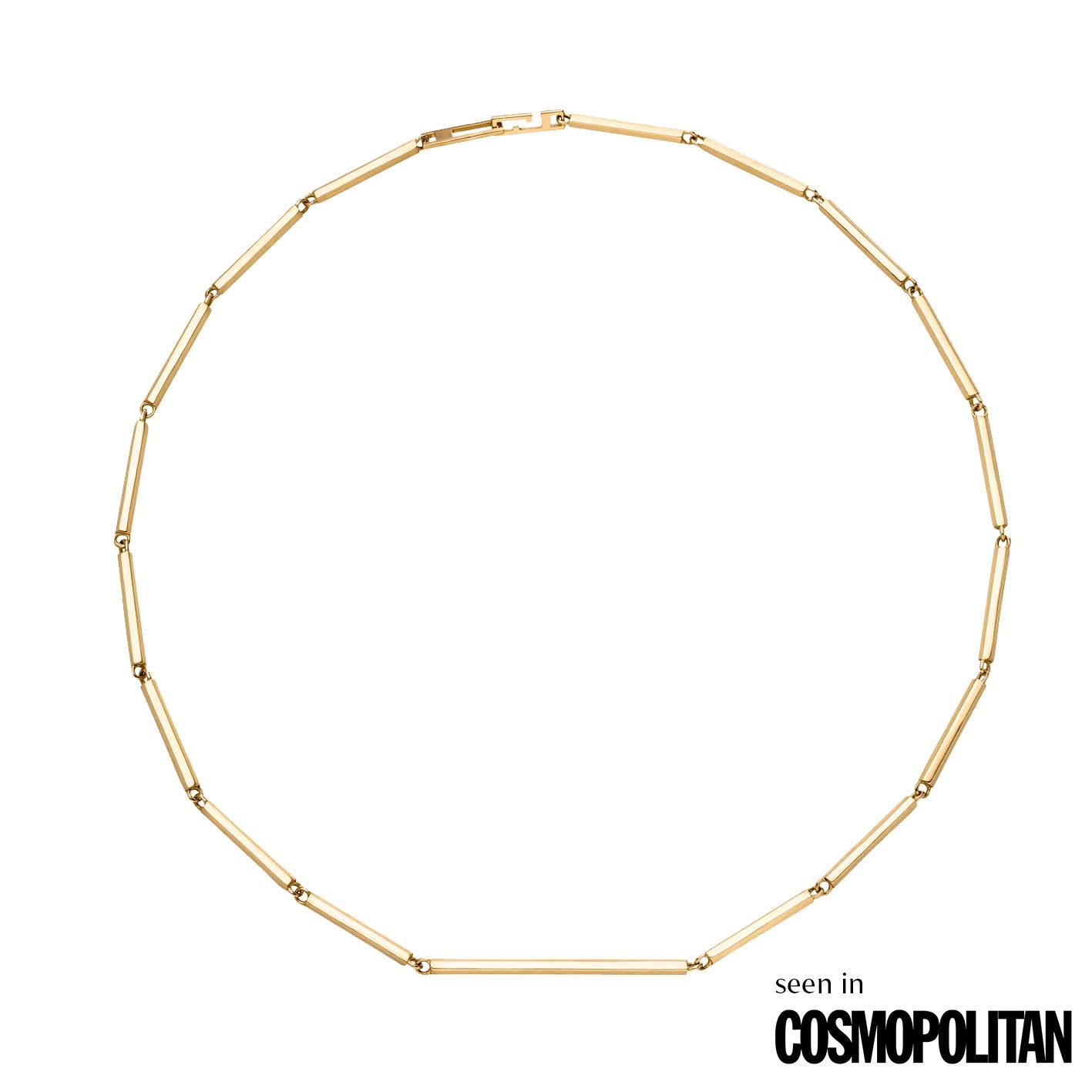What do the two opposite terms slow fashion and fast fashion actually mean? The fashion industry has changed enormously in the past two decades. If a while ago there were four different collections per year adapted to the seasons, the fashion giants now bring new products onto the market every week. These can also be found in retail, but online shopping in particular has made it even easier to consume more and more fashion faster and cheaper from the comfort of your sofa. The time factor plays a major and problematic role, which is where the term fast fashion comes from. To put it in numbers: In Germany, for example, the average person consumes between 12 and 15 kilograms of clothing per year. This has immense negative consequences for people and nature..
Slow fashion means the opposite and tries to stop this fashion madness. Timeless collections produced under fair conditions and in an environmentally friendly manner should lead to more conscious, slower and overall less consumption. Quality is in the foreground and enables a longer service life compared to fast fashion, which is often produced from inferior materials. In addition, only sustainable, natural and certified materials are used in the production of slow fashion and attention is paid to an overall climate-friendly process. The supply chains are transparent and both the working conditions and wages paid in the manufacturing countries are safe and fair.





















